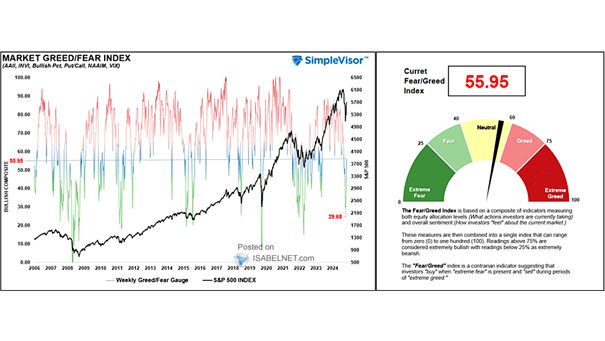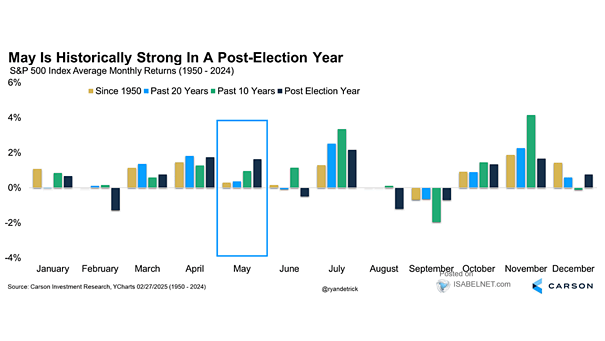Investor Sentiment – U.S. Market Greed/Fear Index
Investor Sentiment – U.S. Market Greed/Fear Index The Market Greed/Fear Index stands at 71.98, still signaling greed in the U.S. stock market without reaching extreme levels. Image: Real Investment Advice


